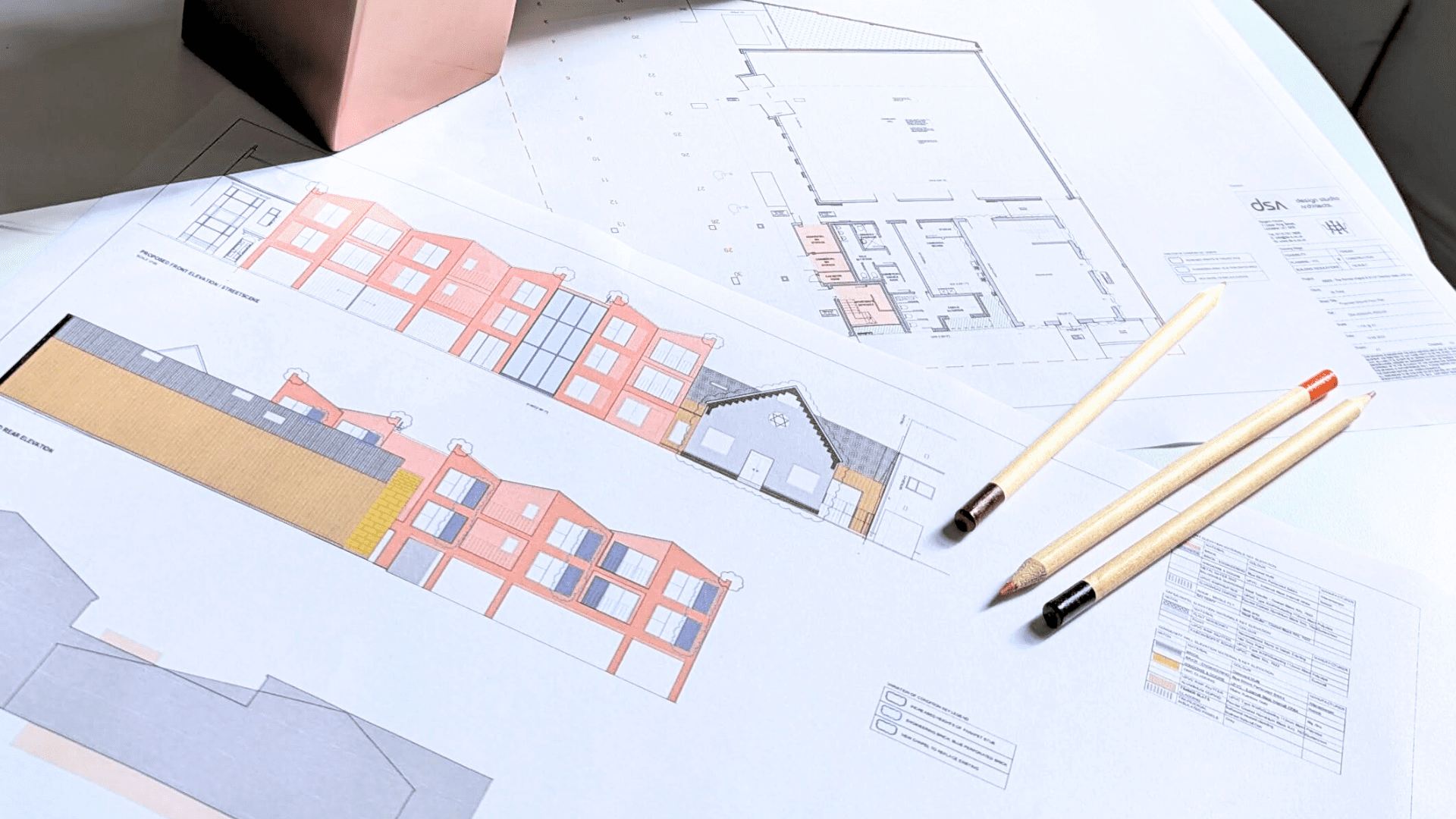Using recycled materials and circular building design in modern architecture.
Over recent years, there has been a rise in sustainable construction, including recycled materials and circular building design. Circular economy principles, waste reduction and upcycling are having an increasingly large impact on modern architectural design.
Buildings that can be both built from recycled materials and harbour on-site recycling facilities have multiple benefits. From reducing a company’s carbon footprint to utilising components that can be reused, this holistic approach can prolong the lifespan of materials. A more efficient building can also help a business reduce their energy bills and ultimately their overheads.
Sustainability in architectural design
With the move towards sustainability, architectural design draws from several different planet-conscious approaches. Across the world, there have been many examples of recycled materials and sustainable principles being applied to building design.
Use of plastics: Plastics are being reused to create surfaces or structures previously only fabricated in glass.
3D Printing: Largescale 3D printers can utilise recycled materials to create modular, prefabricated homes.
Zero Waste: The concept of zero waste focuses on the repurposing of consumable goods and components in a bid to reduce consumption.
Instead of standard demolition and construction practices, sustainable design reclaims materials and minimises waste to reduce environmental footprint. By exploring new approaches to how existing materials and buildings can be used, we can help to conserve natural resources. This methodology often leads to innovative and creative design concepts.
Reducing building waste
Each year, construction waste contributes significantly to landfill sites. By focusing our efforts on the use of sustainable materials, we can reduce waste and contamination to support a greener future. For centuries, the construction industry has followed the same process. Raw materials are extracted, structures are built then demolished, followed by waste disposal in landfills. Traditional methods are unsustainable and negatively affect the environment.
Waste materials can be found in every stage of the construction process. From the way that building structures are built to the fixtures and fittings inside, every element needs to be considered. Certain materials such as ceramics can have a significant environmental impact.
An example of where DSA have recycled existing materials was in the reuse of an existing steel frame structure; proposing the removal and repurposing of the existing cladding.
Adaptive reuse
Instead of demolition, adaptive reuse ‘upcycles’ existing buildings into different types of property and commercial premises. Common examples that can be found across most cities in the UK include old warehouses and factories that have been transformed into residential accommodation. In hospitality, churches have been changed into restaurants and bars.
By repurposing buildings with a historical footprint, adaptive reuse preserves our heritage, reduces waste, and promotes sustainability. Read more…
We continually evaluate opportunities to implement adaptive reuse and are currently working on the refurbishment of Overton Road Community Hall in Leicester, where we are transforming an old church into a community space with apartments.

Circular economy principles in building design
Using circular economy principles in building design, we can reduce waste and pollution, and upcycle existing structures and materials. By prioritising renewable materials and materials that have been used before, we can embrace a sustainable approach to design.
As architects, we choose to future-proof our projects by considering environmentally conscious architectural practices in our design concepts. By embracing recycled materials and upcycling methodology, we can design building concepts that reduce waste and help to protect the environment.
Encouraging Sustainability in Architecture
Our commitment to sustainable practices and the responsible use of materials is central to our practice at DSA. We encourage our clients to be mindful of sustainability and resource efficiency when considering the planning of their project, to actively reduce the impact on the environment.
If you are looking for an architectural firm that proactively considers sustainability in construction, begin planning your next architectural project with DSA today!

Talk To An Expert
Contact UsSee More Recent Posts

Navigating the Building Safety Act 2025:...
As commercial properties tend to be more complex in almost every aspect, stricter building...

From Conversation to Action – Achieving...
According to a study conducted by the Fawcett Society in September 2023, ‘only 31%...

Care Home Design and CQC Healthcare...
Enhancing Care Home Environments for Quality Living Care homes play a crucial role in...

